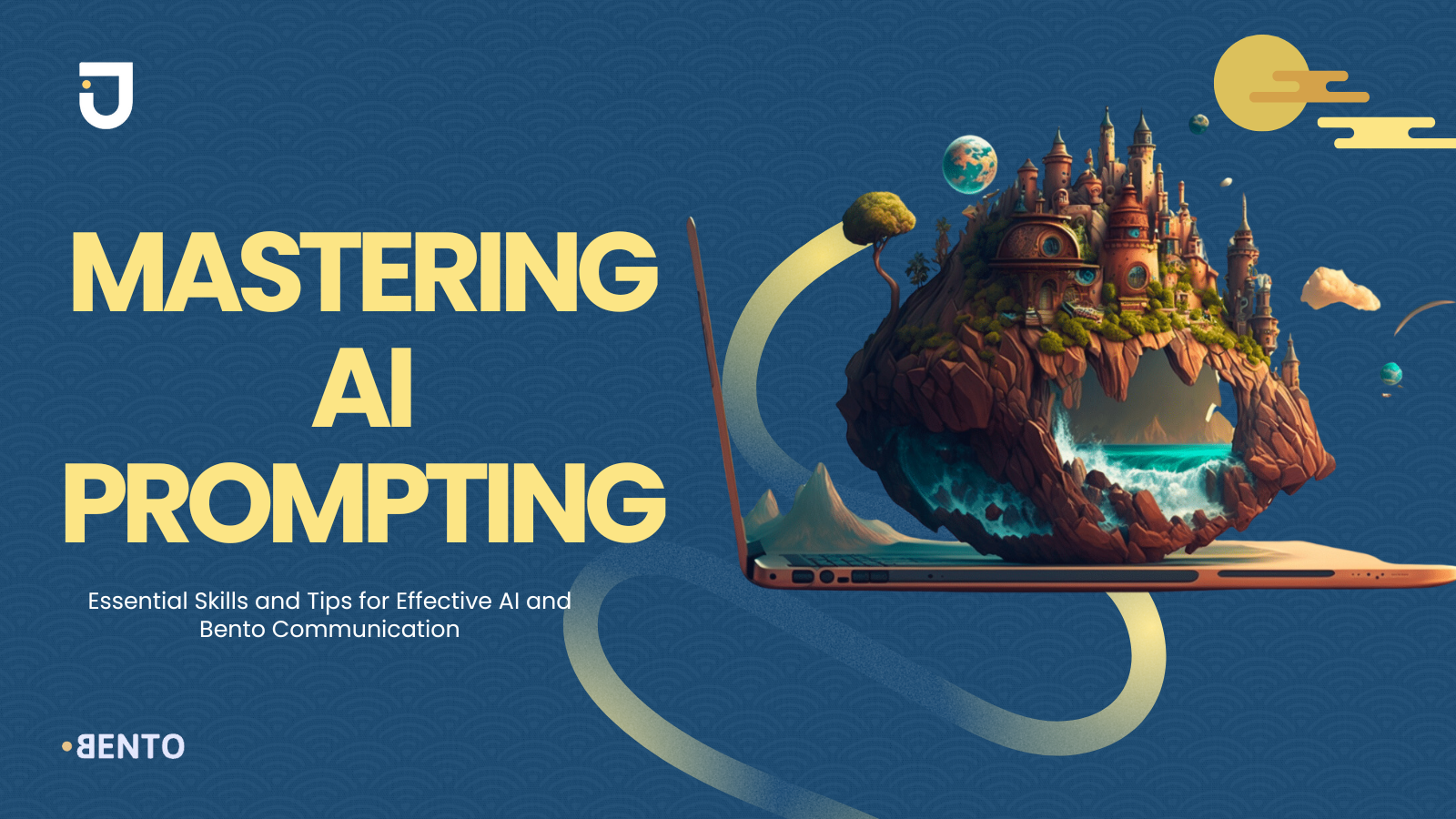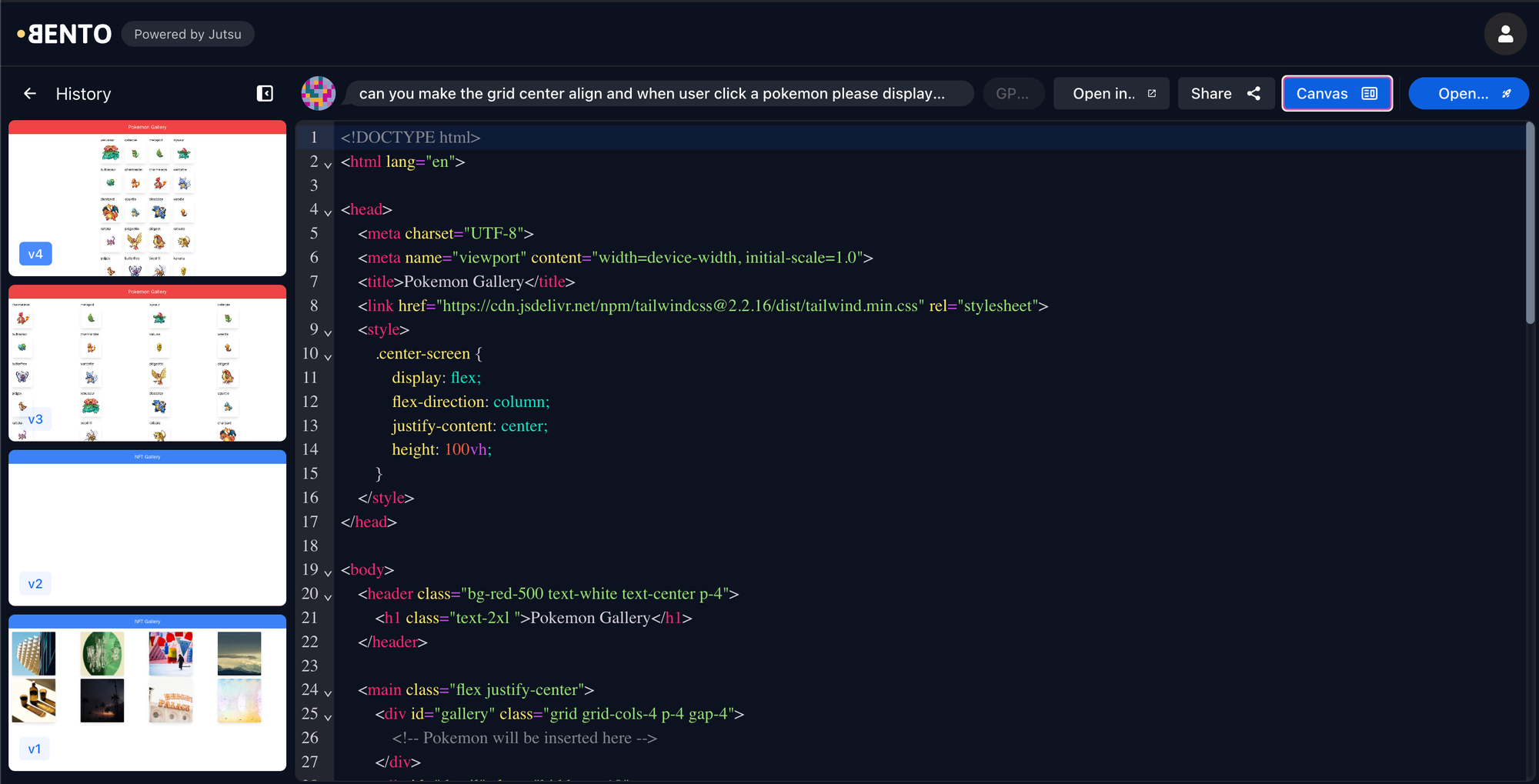Mastering AI Prompting: Essential Tips and Tricks to get the Output You Want

Do you ever wonder why AI works better for some people than others? It’s all in the way you talk to it. AI prompting is an intricate form of art and science of formatting questions and commands that enable artificial intelligence to grasp your requests and deliver prompt service. As such, it doesn’t matter whether you are a developer, writer, or just a curious technophile; learning AI prompting can skyrocket your productivity and deliver better results faster.
Why should you study prompt-engineering?
Many people use AI just like they would use a regular search engine, like Google or Bing, to find quick answers. But AI is so much more than a search engine. By changing how you use AI and learning to ask questions the right way, it will become a powerful tool that will drastically improve your productivity. Crafting prompts well helps you set up a dialogue where AI understands not just words but the whole context and purpose of your questions. This is important because, no matter how advanced the AI is, the quality of what it produces still depends on how well you explain what you need.
- Accuracy – Clear and specific prompts lead to more accurate and relevant responses from the AI.
Speed – Effective prompting speeds up information retrieval and generation, reducing the need for follow-up questions. - Versatility – Mastering prompt engineering allows you to use AI more effectively for diverse tasks, making it easier to meet your specific needs.
- Enhanced Creativity – Skilled prompting can unlock more creative and analytical potential in tasks like writing, design, and data analysis.
Practical Prompting Tips and Tricks
Here’s a list of handy tips to get you started with any AI, including Bento, Jutsu's prompt-based frontend generator:
- Clarity and Specificity – Clearly specify what you need. Being specific helps prevent misinterpretations and ensures you get the most relevant response. For instance, instead of asking, "Tell me about sharks," ask, "What adaptations do sharks have for hunting in deep water?
- Context – Provide relevant background information. If your question builds on previous knowledge or is part of a larger project, sharing that context can lead to more tailored and useful responses. This helps guide the AI through your thought process.
- Sequential Information – Sometimes, especially if you’re working on a complex issue or need multiple pieces of information, providing effective context might mean breaking down your prompt into smaller, sequential pieces. Think of your prompt as a roadmap to guide the AI to the desired destination. Logical, sequential structures will ensure a smooth road trip.
- Feedback Loop – Great prompt engineers often refine their questions based on the responses they get. If the first answer isn’t quite right, they tweak the prompt and try again, learning from each interaction.
- Understanding Limitations – Knowing what an AI can and cannot do is crucial for effective prompting. For example, understanding that an AI model might not be up-to-date with the very latest news events (for instance, Open AI's Chat GPT's training only includes information up to December 2023) is important to consider. Also, it's important to recognize that AI may not be able to create certain types of content (such as copyrighted material, deepfakes, or highly technical content). Understanding these limitations helps in setting realistic expectations about what AI can provide and in crafting prompts that yield useful and responsible outputs.
Prompting with Bento by Jutsu

The beauty of Bento is its flexibility and adaptability, making it a tool of choice for individuals who seek to harness the power of an AI tool. How do you make the most of it?
- Understand Bento's Capabilities – Familiarize yourself with Bento's functionalities and limitations to craft effective prompts.
- Context Is Key – Provide sufficient context to ensure Bento understands your requests accurately.
- Utilize Templates – Take advantage of Bento's templated queries as starting points for common tasks.
- Experiment – Don't hesitate to try different approaches with your prompts to discover what works best.
Featured in Bento

Bento by Jutsu is an excellent tool for those interested in AI prompting, functioning as a prompt-based front-end/UI generator. This means Bento helps you create user interfaces with simple prompts, no complex coding required. It features a large collection of user-created prompts which you can explore, try out, and customize to fit your needs. This functionality is especially valuable for developers who may not have time to build a front-end from scratch and for non-programmers seeking a straightforward way to develop user interfaces.
Transparency and Accessibility

Transparency and Accessibility
Bento stands out in its ability to harness the power of AI due to its remarkable flexibility and adaptability. Its user-friendly interface and robust features are complemented by the unique capability to provide full visibility and access to the code behind your projects. You can freely view, use, and modify the generated code, enhancing your understanding and ability to tailor applications precisely. This open access not only simplifies the development process but also empowers you to explore, experiment, and innovate, pushing your projects forward with confidence and creativity.
The Art of Prompting
AI prompting is an art that involves collaboration, not just a solitary effort. You're forming a partnership where both you and the AI work towards a common goal.
Armed with these tips and a deep understanding of AI tools like Bento, you're better equipped to interact with AI effectively. This not only enhances your interactions with AI but also opens up new avenues for creativity and efficiency in any project or task you undertake.
Frequently Asked Questions:
Q: What are common mistakes when using AI?
A: One common mistake is asking questions that are too general or too detailed without clear focus. If your question is too general, you might get answers that don't help you much. If it's too detailed, you might miss other useful information. Try to ask clear questions that are just right in detail.
Q: How can I use AI to help with looking at data?
A: AI can help you see patterns in data, make predictions, or suggest new ways to look at your data. When you ask AI for help, make sure to explain clearly what data you are using and what you want to find out. This makes it easier for AI to give you useful answers. Julius.ai is a great tool for data analysis!
Q: Can AI help with writing stories?
A: Yes, AI can help you come up with story ideas, develop characters, or suggest styles of writing. When you have a story idea, ask AI for advice on how to expand it or ask for feedback on your ideas to make your story better. ChatGPT is great for this!
Q: Is there a special way to use AI for solving problems that most people don't know about?
A: A special way to use AI is to pretend to talk to different customers or audiences to get new ideas for marketing or making a product better. You can ask AI to impersonate different types of customers (or well known entrepreneurs, such as Bill Gates, Ursula Burns, or Larry Page) and see what they might say about your product. This can give you new insights and ideas!
Q: Can AI help me learn a new language?
A: AI can be like a practice friend for learning a new language. You can ask AI to have a conversation with you in the language you want to learn. It can also check your sentences and teach you about phrases that are common in the language. This is a great way to learn how to speak and understand the language through real conversations.


